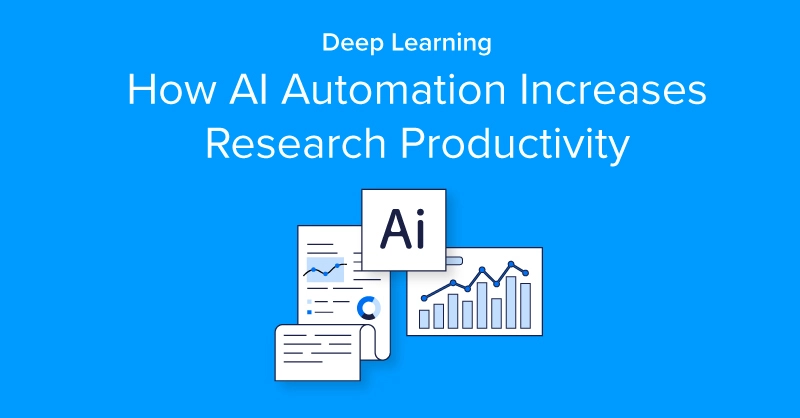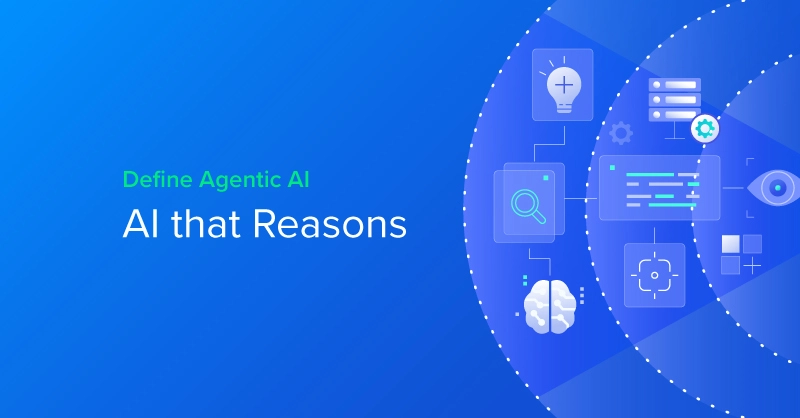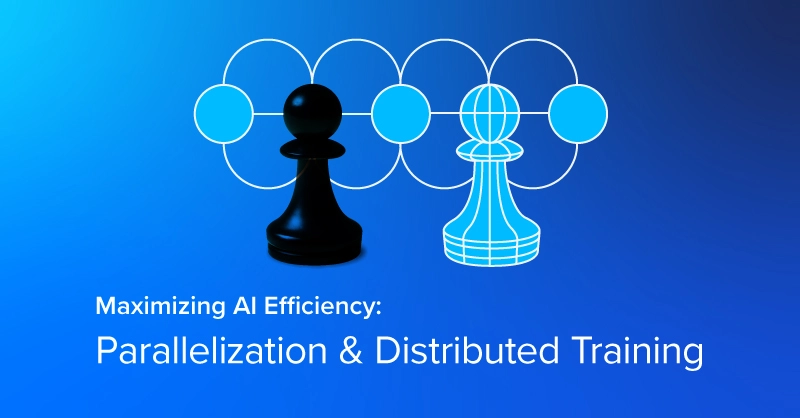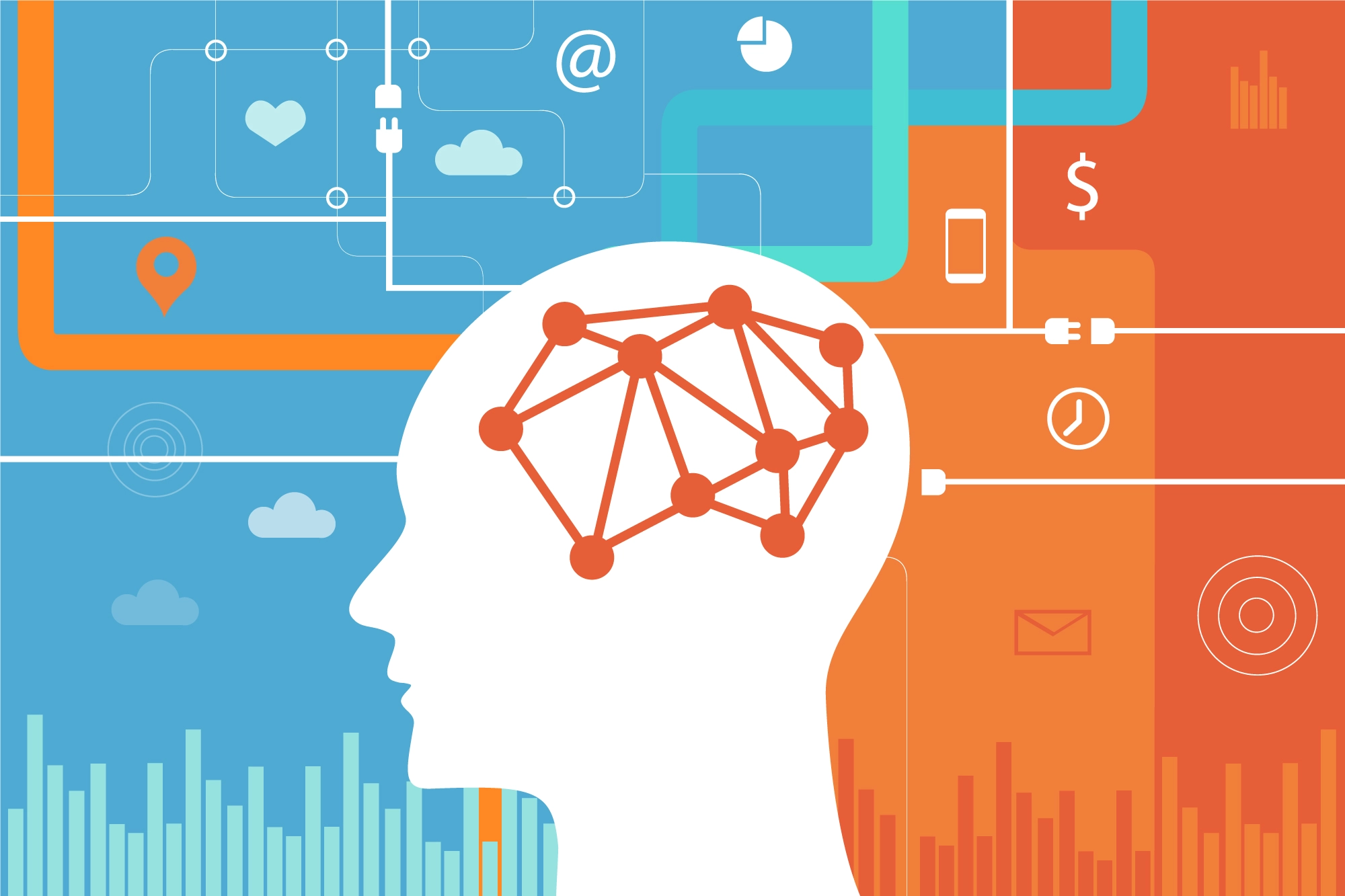
5 Uses of Deep Learning
As technology grows, and GPU deep learning capabilities continue to explode in relevance and popularity, it is exciting to see what “moviesque” possibilities can materialize into fruition soon. From auto-driving cars to automated AI robots, it seems our “futuristic” ideas could soon become reality. However, aside from the fantastical ambitions of the dreamer, it is amazing to see how this technology can affect our everyday world.

Check out these 5 Uses of Deep Learning currently in development that already or could soon impact daily life:
1. Auto-Captioning for YouTube
At first everything on the internet was written, and it was great. Then enter YouTube. As YouTube continues grow in video content, it becomes increasingly evident that there is a need for the internet to be accessible to as wide range of audiences as possible. Deep learning has enabled YouTube to use the same Google Now algorithms to support Speech Recognition software and generate real time Captions for its videos. This feature is inherently life changing for those with hearing disabilities; aside from those with hearing difficulties, there are also audience members who simply cannot use audio at the time or would prefer to read lectures/videos that could take advantage of this technology.
Find out more by watching this Auto-Captioned video on YouTube:
2. Google Translate
Similar to auto-captioning, using machine learning, Google has enabled their Google Translate app to translate words, documents, and others in real time, an ability invaluable to students, travelers, researchers, and others. Instead of simply telling the Google Translate App the “rules of language” of a particular language, deep learning enables the app to scan through thousands of articles, documents, and websites, teaching the app to “learn” the language for itself, and to produce a more accurate and understandable translation for the everyday user to understand.
Learn more here:
3. Early Detection for Eye Diseases
Google's British based AI division, DeepMind, has been working with the UK's National Health Service to detect early signs of future eye diseases, enabling doctors and patients alike to better prepare and understand their medical prognosis. Specifically, two conditions that they are hoping to address are macular degeneration and diabetic retinopathy- diabetic retinopathy being one of the fastest growing causes of blindness around the world. Being able to analyze millions of historical medical data via deep learning enables ophthalmologists to make more accurate predictions and suggestions on how to best provide care for their patients. This application of machine learning is a great peek into the exciting medical possibilities that this technology can provide in making a lifelong impact on patients, not only in concerns of the eye, but other medical fields as well.
Learn more here:
4. TinEye Reverse Image Search
Any internet sleuths out there? TinEye provides machine learning generated reverse image searching, enabling you to find where else on the Internet your images are found. Find out if an image was copyrighted, what is the original image source, or simply if a portrait is really the person you're looking for (Catfish anyone?)- the uses for this tool are endless, and is a great example of how deep learning and pattern recognition can provide effective and innovative uses for even the normal consumer.
Learn more about TinEye Reverse Image Search Here: www.tineye.com
5. Aipoly Vision - An App that Helps the Visually Impaired "See"
Closely related to both eye disease as well as image searching, Aipoly Vision is a new app that synergizes the two to detect images in real time, enabling the visually impaired to "see" their surroundings. The app, developed by Technobyte, is able to identify 3 objects simultaneously, and to speak to the user, letting them know exactly what they are "looking" at with the app. Using AI and neural networks, the app is able to recognize colors, images, and pictures to help the visually impaired lead a more independent lifestyle. It currently also supports multiple languages.
Learn more here:
As seen by just the 5 uses above, it is clear to see that Machine Learning is the way of the future, and has the ability to literally change the way we live and view our world as we currently understand it. It not only has the capability to bring us technologies of our favorite sci-fi movies, but also enables us immediate abilities to impact our daily lives significantly. The possibilities are endless, and we hope you are just as excited as us for what is to come in the industry's future. For more examples of deep learning, or to see how you can incorporate GPU powered computing into your own life/work, please visit our page on deep learning solutions.
Click here to learn more about Exxact's Deep Learning Server & Workstation GPU Solutions and our pre-installed software package.

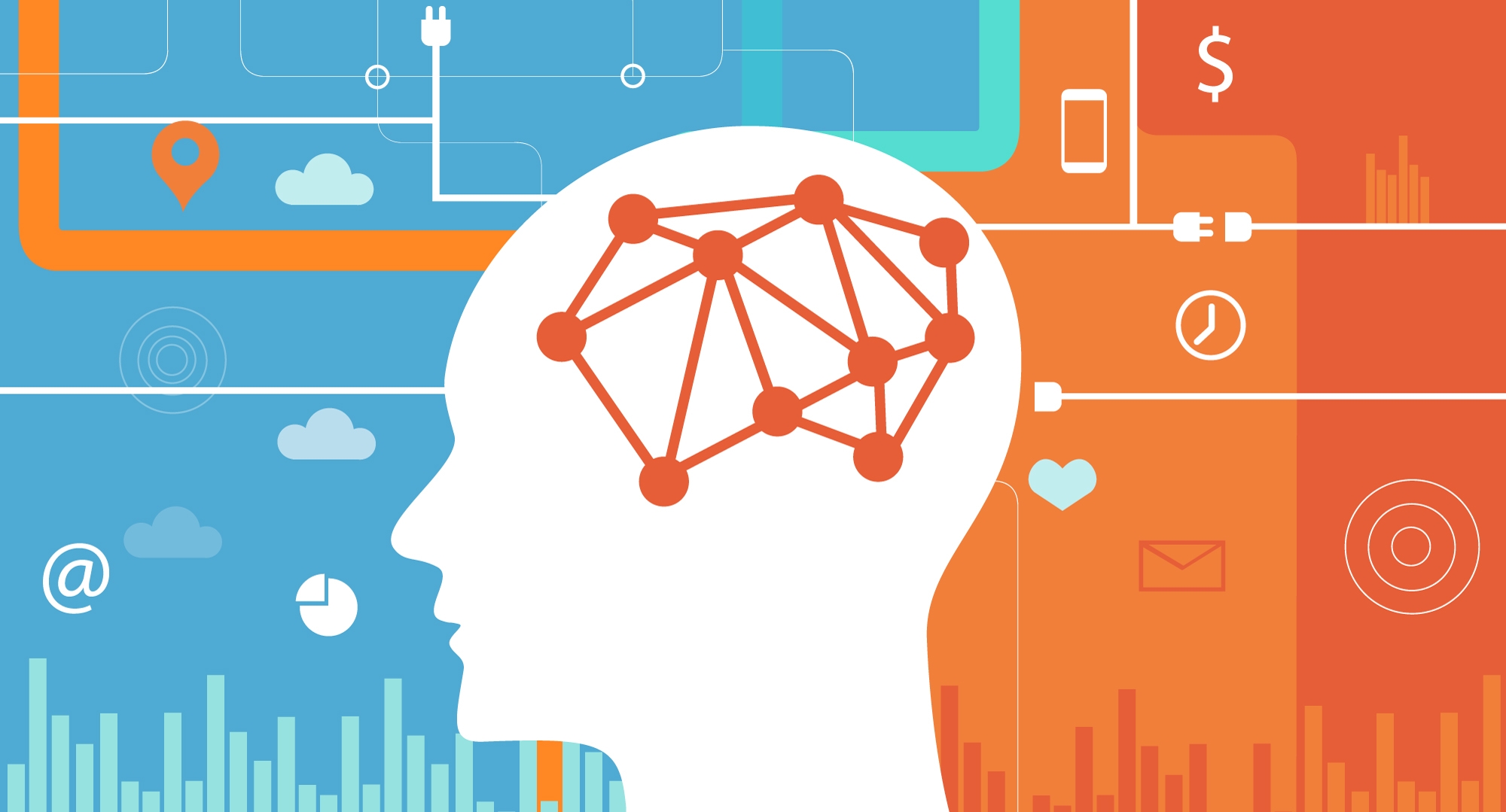

5 Uses of Deep Learning That Affect Life Today
5 Uses of Deep Learning
As technology grows, and GPU deep learning capabilities continue to explode in relevance and popularity, it is exciting to see what “moviesque” possibilities can materialize into fruition soon. From auto-driving cars to automated AI robots, it seems our “futuristic” ideas could soon become reality. However, aside from the fantastical ambitions of the dreamer, it is amazing to see how this technology can affect our everyday world.

Check out these 5 Uses of Deep Learning currently in development that already or could soon impact daily life:
1. Auto-Captioning for YouTube
At first everything on the internet was written, and it was great. Then enter YouTube. As YouTube continues grow in video content, it becomes increasingly evident that there is a need for the internet to be accessible to as wide range of audiences as possible. Deep learning has enabled YouTube to use the same Google Now algorithms to support Speech Recognition software and generate real time Captions for its videos. This feature is inherently life changing for those with hearing disabilities; aside from those with hearing difficulties, there are also audience members who simply cannot use audio at the time or would prefer to read lectures/videos that could take advantage of this technology.
Find out more by watching this Auto-Captioned video on YouTube:
2. Google Translate
Similar to auto-captioning, using machine learning, Google has enabled their Google Translate app to translate words, documents, and others in real time, an ability invaluable to students, travelers, researchers, and others. Instead of simply telling the Google Translate App the “rules of language” of a particular language, deep learning enables the app to scan through thousands of articles, documents, and websites, teaching the app to “learn” the language for itself, and to produce a more accurate and understandable translation for the everyday user to understand.
Learn more here:
3. Early Detection for Eye Diseases
Google's British based AI division, DeepMind, has been working with the UK's National Health Service to detect early signs of future eye diseases, enabling doctors and patients alike to better prepare and understand their medical prognosis. Specifically, two conditions that they are hoping to address are macular degeneration and diabetic retinopathy- diabetic retinopathy being one of the fastest growing causes of blindness around the world. Being able to analyze millions of historical medical data via deep learning enables ophthalmologists to make more accurate predictions and suggestions on how to best provide care for their patients. This application of machine learning is a great peek into the exciting medical possibilities that this technology can provide in making a lifelong impact on patients, not only in concerns of the eye, but other medical fields as well.
Learn more here:
4. TinEye Reverse Image Search
Any internet sleuths out there? TinEye provides machine learning generated reverse image searching, enabling you to find where else on the Internet your images are found. Find out if an image was copyrighted, what is the original image source, or simply if a portrait is really the person you're looking for (Catfish anyone?)- the uses for this tool are endless, and is a great example of how deep learning and pattern recognition can provide effective and innovative uses for even the normal consumer.
Learn more about TinEye Reverse Image Search Here: www.tineye.com
5. Aipoly Vision - An App that Helps the Visually Impaired "See"
Closely related to both eye disease as well as image searching, Aipoly Vision is a new app that synergizes the two to detect images in real time, enabling the visually impaired to "see" their surroundings. The app, developed by Technobyte, is able to identify 3 objects simultaneously, and to speak to the user, letting them know exactly what they are "looking" at with the app. Using AI and neural networks, the app is able to recognize colors, images, and pictures to help the visually impaired lead a more independent lifestyle. It currently also supports multiple languages.
Learn more here:
As seen by just the 5 uses above, it is clear to see that Machine Learning is the way of the future, and has the ability to literally change the way we live and view our world as we currently understand it. It not only has the capability to bring us technologies of our favorite sci-fi movies, but also enables us immediate abilities to impact our daily lives significantly. The possibilities are endless, and we hope you are just as excited as us for what is to come in the industry's future. For more examples of deep learning, or to see how you can incorporate GPU powered computing into your own life/work, please visit our page on deep learning solutions.
Click here to learn more about Exxact's Deep Learning Server & Workstation GPU Solutions and our pre-installed software package.



